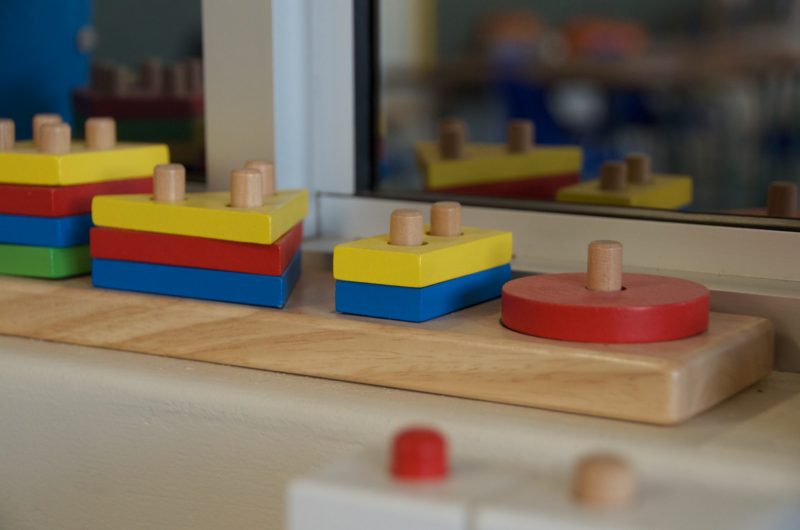Author: Luneta Kakoma
Foundation phase teachers do not need to teach much mathematics, but what they teach is critical because children absorb their basic concepts of geometry at a very early age. Consequently, it is disturbing to find that many student teachers have not progressed beyond level 1 in Van Hiele’s ‘levels of geometric thought’ theory. This is the level that is supposed to be reached by someone who is learning geometry for the first time.
The study described in this article gave questionnaires and group interviews to 128 first-year students who were doing a foundation phase programme. These students had passed Grade 12 Mathematics in order to gain University Entrance.
The Van Hiele model was used to look at the student teachers’ knowledge of two- and three-dimensional geometric shapes. This model proposes five levels of geometric development, depending on a learner experience – from visual recognition at level 1, to analysis of properties, informal deduction, formal deduction, and finally ‘rigor’, or advanced logical reasoning.
Foundation phase student teachers’ expected knowledge of geometry before training (Common Content Knowledge) is expected to cover 2D shapes (polygons) and 3D shapes (polyhedrons). The Specialised Content Knowledge they acquire through teacher training should enable them to deal with learners’ misconceptions and errors on 2D and 3D shapes, and provide enrichment and remedial activities.
The foundation phase students should have been competent up to Van Hiele level 3 or 4. However, the researcher found that less than 20% of them could be classified as having acquired level 2. In fact, 74% of them could not define a quadrilateral.
The study of geometry, like the other branches of mathematics, begins in early childhood, and the formation of the first geometric concepts forms the basis for the rest of geometry. Because the first geometric concepts form in early childhood, geometry learning at primary school will influence learning at secondary school. Therefore, the study recommends that programme and curriculum developers at teacher education institutions should focus on the instructional approaches and content knowledge of primary school teachers. Basic geometric concepts, such as basic polygons and polyhedrons, should be not only revised by first-year students, but actually taught as if they were encountering them for the first time.



